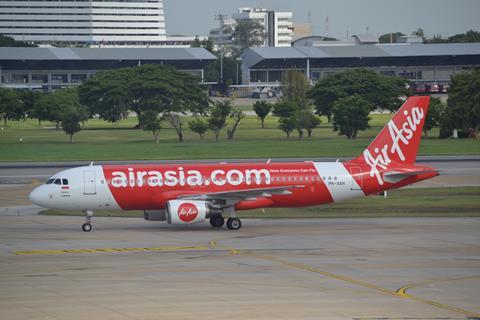AirAsia Aviation Group is planning to operate Airbus A330s from Indonesia for medium- to long-haul operations, as it reiterates its commitment to growing its presence in the country.
AirAsia Aviation chief Bo Lingam says the airline group hopes to introduce the widebodies this year, to allow its Indonesian unit to fly to points in Japan, South Korea, China and India.

Lingam adds that Indonesia AirAsia will nearly double its fleet size this year, with 32 A320s in operation, up from the current fleet of 17 jets.
He was speaking at a company visit to Jakarta, where Indonesia AirAsia is based.
The comments follow similar comments made by Capital A CEO Tony Fernandes on 18 January, when he disclosed plans to base widebodies in the southern Malaysian state of Johor, operating them to Australia, Japan and South Korea. Capital A is the parent company of AirAsia Aviation.
The A330s currently fly with AirAsia X, the group’s medium-haul, low-cost unit. Since emerging from restructuring, the carrier has been progressively bringing its A330s back into service.
AirAsia last operated A330s to and from Indonesia about four years ago, under the Indonesia AirAsia X brand. The unit first launched operations in 2014, before being shuttered in 2019.
Fernandes, who was in Indonesia with Lingam, says the group remains committed to its Indonesian business, stressing that AirAsia “always prioritises its commitment to Indonesia”.
Lingam adds: “Our international operations are very strong in Indonesia, having carried nearly 5 million passengers before COVID-19, which represents 30% of international tourists arriving in the country. We have created nearly two thousand jobs in Indonesia and generated over $3 billion in tourism revenue, which has strong growth potential this year, following a strong post-Covid-19 surge in travel demand.”
In its full-year operational results, Indonesia AirAsia carried 3.2 million passengers in 2022, four times the number it flew in 2021. The carrier saw a three-fold increase in capacity, while traffic jumped four times.


























